In Chinese history, ancient Chinese education refers to educational thoughts, educational institutions, and educators. From the perspective of broad sense culture, the culture created by human beings, that is, experience, knowledge, and skills, is inherited and spread utilizing education. Therefore, education is the primary means of human cultural communication.
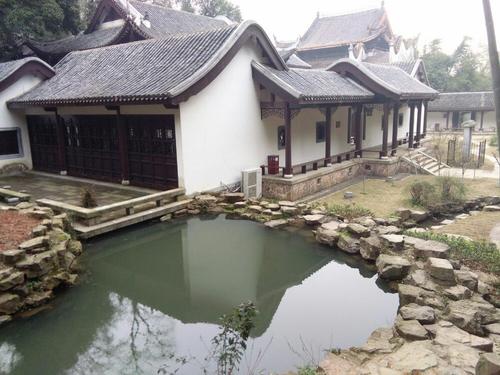
Education is an eternal historical phenomenon and an essential method to pass on the producing and social experiences and of human society. Broadly speaking, any form of activities that purposely enhance the abilities, influencing ideology and morality, no matter organized or unorganized, systematic, or fragmentary, they can all be regarded as education.
The ancient Chinese people were well acknowledged the significance of education. For thousands of years, they had developed numerous great thoughts, ways of selecting elites and school running mode, not only to cultivate the talents to improve the general quality of the people in the whole society, more importantly, to train feudal officials and adapt to the needs of the ruling class. Ancient Chinese education focuses on ethics and moral education, and imparts mainly about theory, rather than practice, among which literature and art knowledge always have priority. The educational content is rather comprehensive. It is conducive to people's development in multiple aspects.
Still, there were grade differences, unequal education, and serious discrimination. In ancient China, in addition to the inequality and ethnic discrimination of the educated, there was also an obvious educational inequality: the unequal right of men and women to receive an education. In a society where men are superior to women, women lose their right to education.
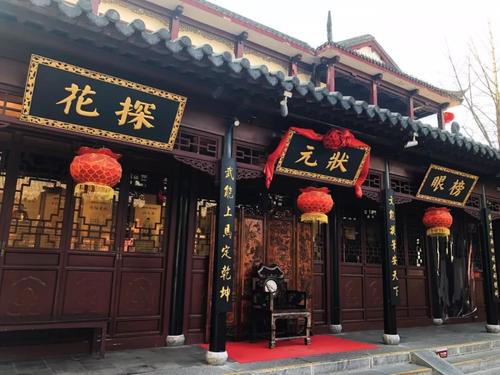
The system of official education experienced the process of establishment, perfection, and decline, and folk education was also in the process of continuous development and progress.
To study ancient Chinese education thoroughly, we should learn this article from multiple aspects. Firstly, history and development are introduced to have an understanding of the whole. Secondly, the education model of the different periods will be classified to help you to explore the reasons that caused all the differences. Thirdly, try to understand some of the greatest education thoughts thousands of years ago which are still deeply influencing today’s Chinese education style. Finally, we will introduce the imperial examination system and show you how it works.
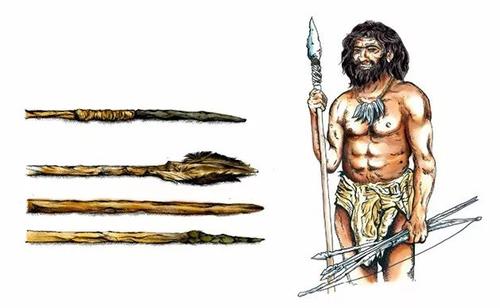
Although primitive people's life is extremely simple, they should teach the next generations how to make and use simple stone tools, struggling to survive. In this way, the primitive people were slowly transforming nature and themselves and began to create ancient Chinese culture and education.
In this period, education took place in the needs of real life. At that time, parents were equivalent to teachers, and children were educated while laboring.
About 5000 years ago, agriculture and animal husbandry had a new development; customs and even customary laws were gradually formed; educational activities developed into a more conscious and purposeful state.
In addition to some production skills education, people began to require clan members to master the knowledge of sacrifice and religion, and to sing and dance in social activities to cultivate such talents as "Witches". At the end of the clan society, wars often broke out among the tribes, and military training became an important part of education.
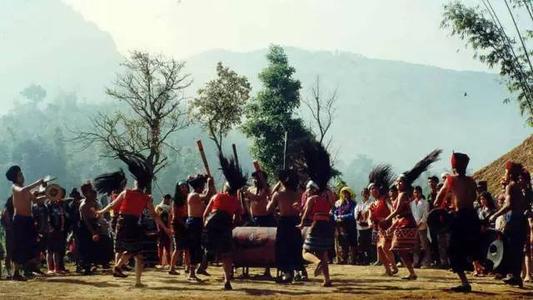
At around 2697-2037 BC, the age of the five emperors, with the appearance of the pictograph, the formal institution was established naturally. It was called “Cheng Jun”. The main purpose of this institution was to hold collective religious activities and performing singing, which is independent of the production process, can be regarded as the germination of China ancient schools.
In short, education in primitive society is mainly to meet the needs of material life. In primitive society, there is no private property and no class. Therefore, education has no class nature, which is mainly manifested in that everyone receives certain education equally.
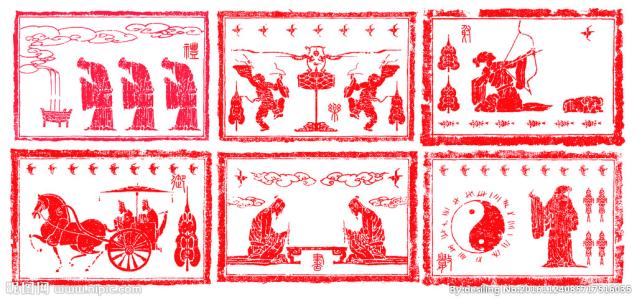
With the beginning of the property privatization system and class division, the primitive society withdrew from the stage of history, and slavery began to form. In this time, education was separated from productive labor, which became a tool for slave owners to cultivate successors and carry out social education. The conditions for the establishment of schools in the Shang dynasty were relatively mature, and there were more mature writing and learning tools. However, in the beginning, schools were not purely engaged in educational activities. Educational activities were often mixed with political activities, that is, the so-called "integration of politics and education", and gradually became a specialized educational institution after a certain degree of development.
In the Shang and Zhou Dynasties, the learning content was relatively systematic. In the Shang Dynasty, the sacrificial rites, military affairs, music and dance, and writing are must-learn subjects. In the West Zhou Dynasty, there was more to learn about, which was the so-called six arts: ritual, music, shooting, driving, calligraphy, and mathematics. The slave owners and nobles attached great importance to the education of rites, music, and archery, while the education of books and numbers was of secondary importance. Because in the view of the rulers, to suppress the slave resistance, shooting is a necessary combat skill, and the practice of shooting is associated with ritual and music, which should be "decorated with rites and music". Meaning, as a member of the noble, you must be elegant and also knows how to fight.
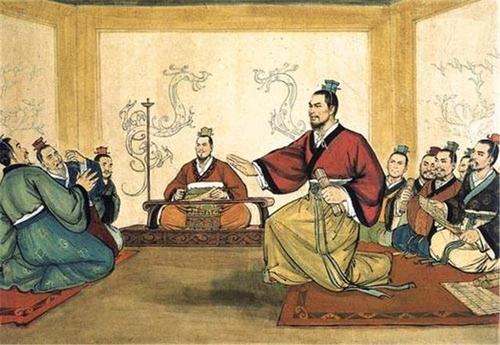
This period was also a period of transition from slavery to feudalism. At that time, the ruling class was still preoccupied with their ruling position, believing that it would not affect anything if they did not study. Then, under the guidance of this erroneous ideology, the decline of education was inevitable.
The official schools were wasted and the officials were in exile. They brought the hidden books and ritual instruments from the government to the normal people. The culture and academics began to spread to the lower social strata. Private schools grow at an unexpected speed.
Rapidly, a large number of outstanding thinkers and educators emerged. They represent different classes, different yet infiltrated with each other, and have an immeasurable impact on education and politics.
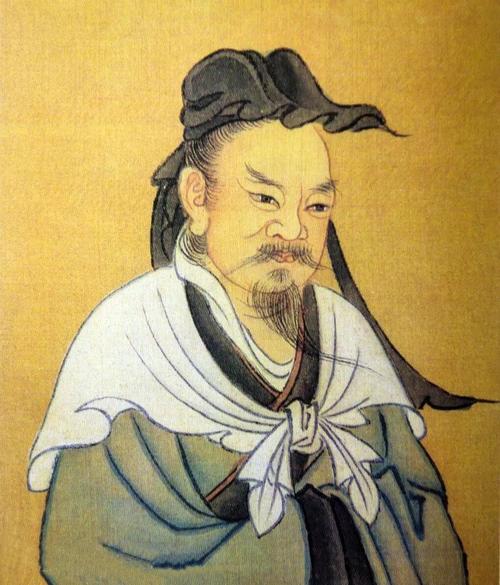
In the Qin Dynasty, there was no formal school and the society was guided by Legalists. The emperor banned private schools, and using the law as education material which was taught by officials. Qin respected Legalists and unified his thoughts with violence and tyranny. As a result, social contradictions were intensified which caused the destruction the Qin Dynasty.
In the early Han Dynasty, the government of the Qin Dynasty was removed and Taoism's “inaction” was carried out, which effectively restored the folk academic culture. In Han Dynasty, the Emperor Wu adopted Dong Zhongshu's suggestion, deposed hundreds of schools, promoted Confucianism, promoted schools, and selected scholars, which became the cultural and educational policy that lasted for more than 2000 years.
During the Northern and Southern Dynasties, China was in a period of division and long-term war. Due to social unrest and other reasons, government schools are in vogue, and education is generally in a slump. In this context, the system of selecting officials, the nine-rank system, also known as the nine-grade controller system, came into being. In short, it is a system of selecting officials according to their qualities, which is evaluated and awarded by the imperial court.
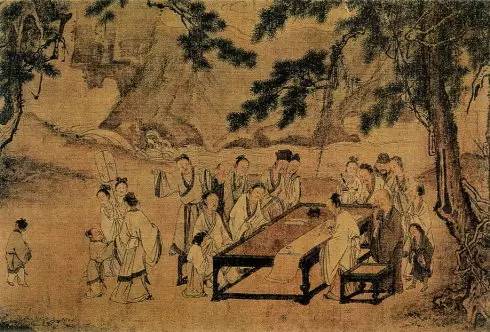
However, from the end of the Wei Dynasty to the beginning of the Jin Dynasty, it evolved into the aristocratic system with considering family background as the only standard for evaluating scholars, which blocked the way for scholars from poor families to enter the official career. Their enthusiasm for learning was seriously frustrated, and the children of aristocratic families also disdained to learn. This seriously affected the school education at that time. In the period of the Northern and Southern Dynasties, the system of nine-rank was attacked fiercely, and the system of examination and examination were paid more and more attention. To control the power of selecting officials, the imperial examination system began to sprout.
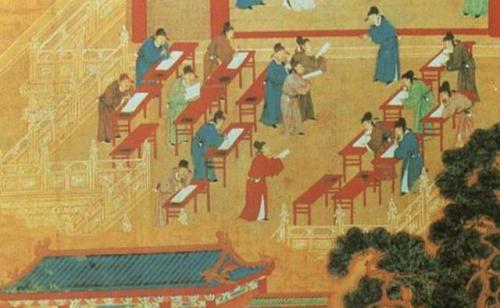
After the unification of China in the Sui Dynasty, to strengthen the centralization of power and consolidate the unification, a series of reforms were carried out in politics, economy, culture, and so on. Therefore, Emperor Wen of the Sui Dynasty officially abolished the nine-rank system and selected talents according to the system of examination. In 606 AD, Emperor Yang of the Sui Dynasty began to establish the Jinshi Section, which marked the establishment of the imperial examination system. The Tang Dynasty inherited the Sui examination system and selected talents through subject examination, which gradually became custom-made. The examination system lasted about 1300 years in the following Song, Yuan, Ming, and Qing Dynasties.
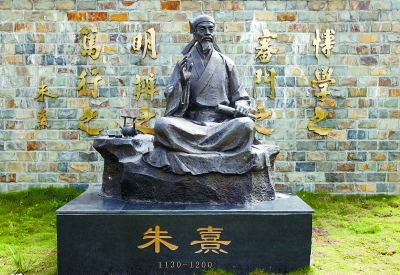
The Academy of Education in the Song dynasty has a long history of influence in the history of Chinese education. Zhu Xi restored Confucius' educational thought to the maximum extent, emphasized personality education again, and cultivated a large number of scholars and politicians. At the end of the Northern Song Dynasty, outstanding people were selected from local education and sent to "Central University" for further study, and local academies were included in the national education system, which was a positive effect on the healthy development of China's education. At that time, the school system became more complete. There were Imperial College and Directorate of Imperial Academy in the central government, and private lecture academies emerged in the Song Dynasty. The Academy pays attention to the cultivation of students' moral character under feudal ethics and encourages discussion, debate, and let students talk about their own experience in learning methods.
The first measure of culture and education in the Yuan Dynasty was "advocating Confucianism". When Emperor Taizu of the Yuan Dynasty came to Yanjing, he immediately established Confucius Temple.
The official school system of the Yuan Dynasty has been established since Kublai Khan was in power.
In the Ming Dynasty, Neo-Confucianism was regarded as the orthodox thought and advocated by the government. There were Imperial College and noble school in the central government, local schools in local areas, and military schools in special places.
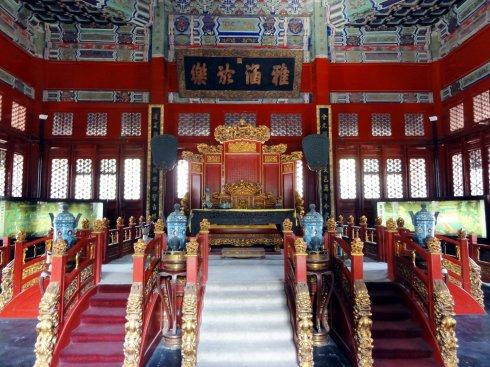
The scale of local schools is different from each other, and students are qualified to be sent to the central imperial college.
What is different from the past is that the management of the instructors and students of the Imperial College in the Ming Dynasty was extremely strict, and the students were forbidden to criticize people or conduct any activities. The extreme despotism permeated all the activities of the school.
Different from the imperial examination system in the Yuan Dynasty, the imperial examination system in the Ming Dynasty was more strict and the rules were more complicated. It attached great importance to the form of writing. Their opinions were not allowed to be said. In the Ming Dynasty, the feudal rule had become a backward system that controls thought, academic freedom, and hinders social development.
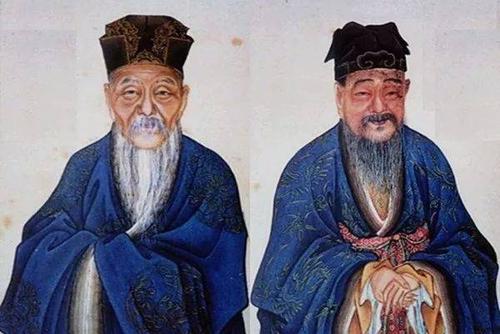
The Qing Dynasty still vigorously advocated the Neo-Confucianism. By the end of the 18th century and the beginning of the 19th century, the decay and weakness of the Qing Dynasty were exposed. The Neo-Confucianism of Cheng and Zhu had not been able to save the Qing government. As a result, the school of modern literature came into being.
In the late Qing Dynasty, some early enlightenment thoughts appeared. In addition to opposing autocratic monarchy, the idea of "managing the world for practical use" was also put forward at this time. Great changes had taken place in school education and social education in China. Absorbing western learning became the top priority. The school system and educational thought are quite different from those in ancient times.
The ancient official education in China refers to the school education system that directly established and administered by the central government according to the local administrative divisions, aiming at cultivating all kinds of ruling talents. The former is called central school education, and the latter is local government education.
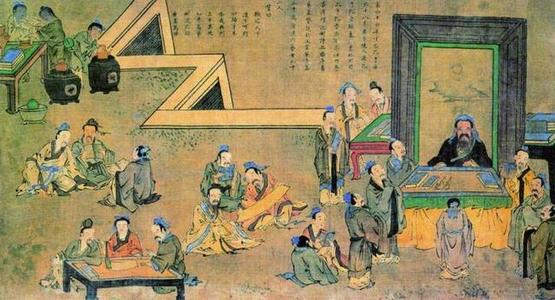
The emergence, development, and decline of the central government school were adapted to and served for the political and economic development and change of China's feudal society.
The central government education can be divided into the following types.
As the highest seat of learning, they were the main places for cultivating talents in the feudal dynasties. It accumulated a lot of valuable experience in the aspects of education, academic prosperity, imperial examination, and so on, which played an important role in the history of education in China and the world.
Noble schools teach children from noble families only.
In the feudal society, there were a few schools, which were neither institutions of higher learning, nor specialized schools or aristocratic schools. Instead, they were short-term schools set up by kings or ministers in power for a short time without a systematic system, so they were called short-term schools.
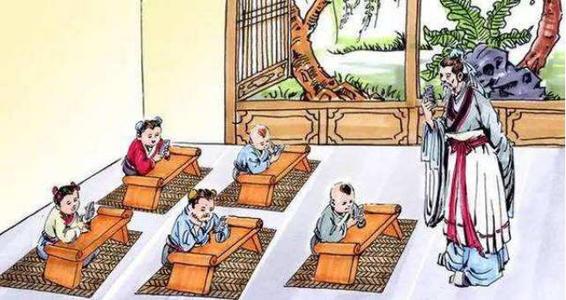
In ancient Chinese society, private school was opposite to official school and played an important role in the history of Chinese education.
The private education in ancient China was mainly born in the Spring and Autumn period, among which Confucius' private school has the largest scale and the most far-reaching influence.
The Spring and Autumn and the Warring States Period is a historical transition period from slavery to feudalism. With the change of economy and politics, education has changed rapidly. Under this condition, the private school came into being. Because the scholars in this class who serve the class's interests they on behalf of, and their theory is also different, so there were various schools of thought and scholars contend.
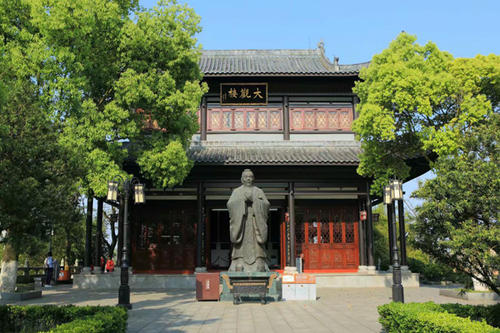
Academy originated in the Tang Dynasty and flourished in the Song Dynasty. It is an important form of an educational organization in the history of Chinese ancient education and learning. From the middle of the Tang Dynasty to the end of the Qing Dynasty, it has experienced a thousand years of school running history and formed a set of unique school running forms, management systems, and teaching methods, making the long-standing traditional private school mature and perfect.
To sum up, the academy is the result of the long-term development of Chinese traditional private schools, which is a kind of advanced feudal institutionalized private schools.
In a word, we should not simply judge the merits and demerits of education in ancient China, but make a detailed and specific analysis. We should look for the enlightenment and reference value for future generations from the dialectical relationship between the good and bad, or the dialectical relationship between gain and loss.
In ancient times, the idea of valuing men over women was very serious. Therefore, most academies did not accept female students. Only those who had money in their families could invite teachers for their children and study at home. This kind of thought was gradually eliminated until the extinction of the Qing Dynasty.
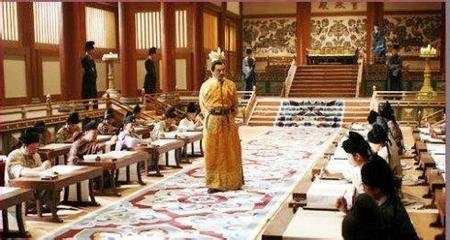
The imperial examination system was a system of selecting officials by examination in ancient China. The imperial examination system was the fairest form of talent selection in feudal times. It expanded the social level of talent introduction in feudal countries and absorbed a large number of people from middle and lower classes into the ruling class. Especially in the Tang and Song Dynasties, at the beginning of the imperial examination system, it showed vigorous progress and formed a golden age for the development of ancient Chinese culture. The imperial examination system in ancient China originated in the Sui Dynasty. After the Sui Dynasty unified the whole country, to adapt to the development and change of the feudal economic and political relations, to expand the requirements of the feudal ruling class to participate in the political power, and to strengthen the centralization of power, the power of selecting officials was transferred to the central government, and the imperial examination system was used to replace the nine-rank system. In the third year of the great cause of Emperor Yang of the Sui Dynasty, Jinshi was set into examination. At that time, the main examination of current affairs and policies was the political papers on the political life of the country at that time, called trial policies. This method of selecting officials according to different disciplines and by trial and error was a pioneering period at that time and did not form a system. However, it closely combined the three aspects of reading, examination, and official positions, and opened a new page in the history of China's election.
There are three major educational thoughts in ancient China.
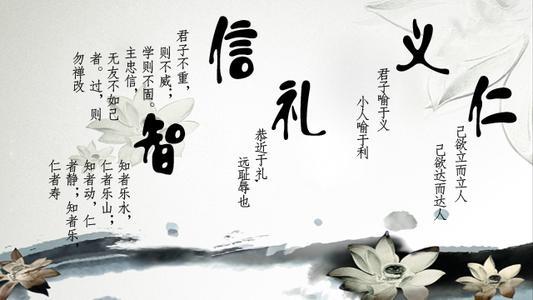
Confucianism is represented by Confucius. Confucius is the greatest educator and educational thinker in ancient China. The Confucian culture has a profound influence on the development of Chinese culture and education. His educational thoughts are concentrated in the Analects of Confucius. It is Confucius who started the discussion of human nature.
He thinks that there is little difference in people's innate nature and personality differences are mainly formed by learning. Therefore, he pays attention to education and advocates that "provide education for all people without discrimination". Confucius' theory takes "benevolence" as the core as well as the highest moral standard. It advocates "see no evil, listen no evil, say no evil and touch no evil" and emphasizes loyalty, filial piety, and benevolence.
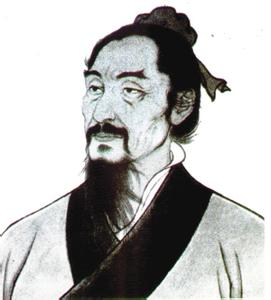
Mohist Thought represented by Mozi, and he advocates "universal love" and "non-attack", pays attention to the mastery of literature and history knowledge, the cultivation of logical thinking ability, and the transmission of technology. For the understanding of acquiring knowledge, Mozi thought that there were three ways to acquire knowledge, namely, "learn the knowledge in person", "hear the knowledge in person" and "talk about it in person". Meaning to pursuit rational knowledge in a logical and inferential way.
Taoism advocates returning to nature and especially returning to human nature. Taoism believes that the best education is to let everything go as it is.
